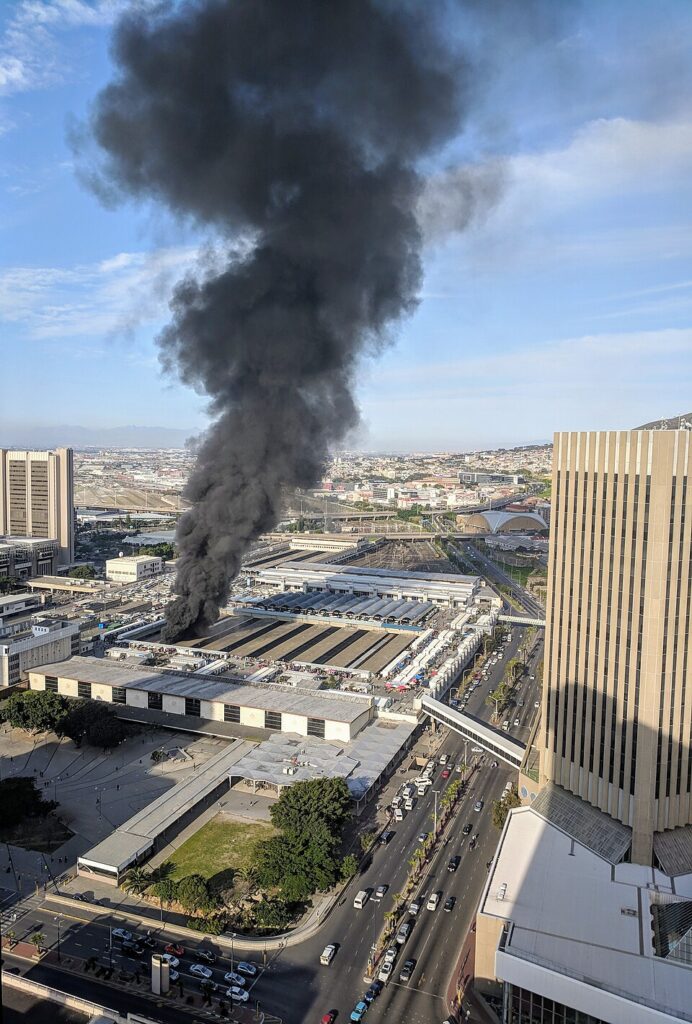South Africa suffers an appalling crime crisis as last year saw nearly 27,000 murders, a homicide rate of 45 per 100,000, among the highest globally. Most victims are Black or mixed‑heritage men from low‑income areas, not wealthy white farmers. This dispels myths of racial targeting and highlights instead how violence tracks along lines of poverty, opportunity and exclusion.
The spectre of xenophobic violence, meanwhile, underscores a grim irony: migrants fleeing hardship often become the easy scapegoats for crime and poverty. In May 2025, a wave of attacks in the Eastern Cape left four dead, ten injured, and displaced hundreds of migrants, including women and children, after local mobs stormed homes in Addo township, catalysed by rumours and political fear‑mongering. These incidents reflect broader patterns: NGOs reported 59 xenophobic incidents in 2024, displacing nearly 3,000 people, even though xenophobic violence had slightly declined since earlier years.
Political rhetoric has fuelled this unrest. During the May 2024 general elections, many candidates blamed undocumented migrants for unemployment, crime and servicer shortages, a rhetoric condemned by Human Rights Watch as dangerously inflammatory and discriminatory.
At the grassroots, groups like Operation Dudula have turned vigilante models into a social movement, targeting both legal and undocumented migrants in the name of crime-fighting and job protection. Although presented as community relief, the actions often escalate into violence; raids, forced closures of migrant-run shops and operate in a legal grey zone. Courts and the president have criticised their approach, but the movement has also morphed into a political force ahead of the 2024 elections.
All of this reflects a deeper truth: South Africa remains one of the world’s most unequal societies. The top 10% own about 95% of the country’s wealth, while unemployment hovers around 38%. In the slums and townships, daily life is punished by insecurity and hunger, not just by police or courts but by structural neglect.
This stark inequality fuels a cycle: desperation leads to petty or violent crime; harsh police or community responses deepen mistrust; meanwhile public outrage is channelled more often against outsiders than against systemic injustice.
So when South Africa talks about crime and punishment, what’s really at play isn’t just justice, but who holds power, and who pays the price. Punishment often falls hardest not on the architects of inequality, but on those with the least protection who happen to be black township dwellers, immigrants, and the poor.
By Thabo Freethinker
